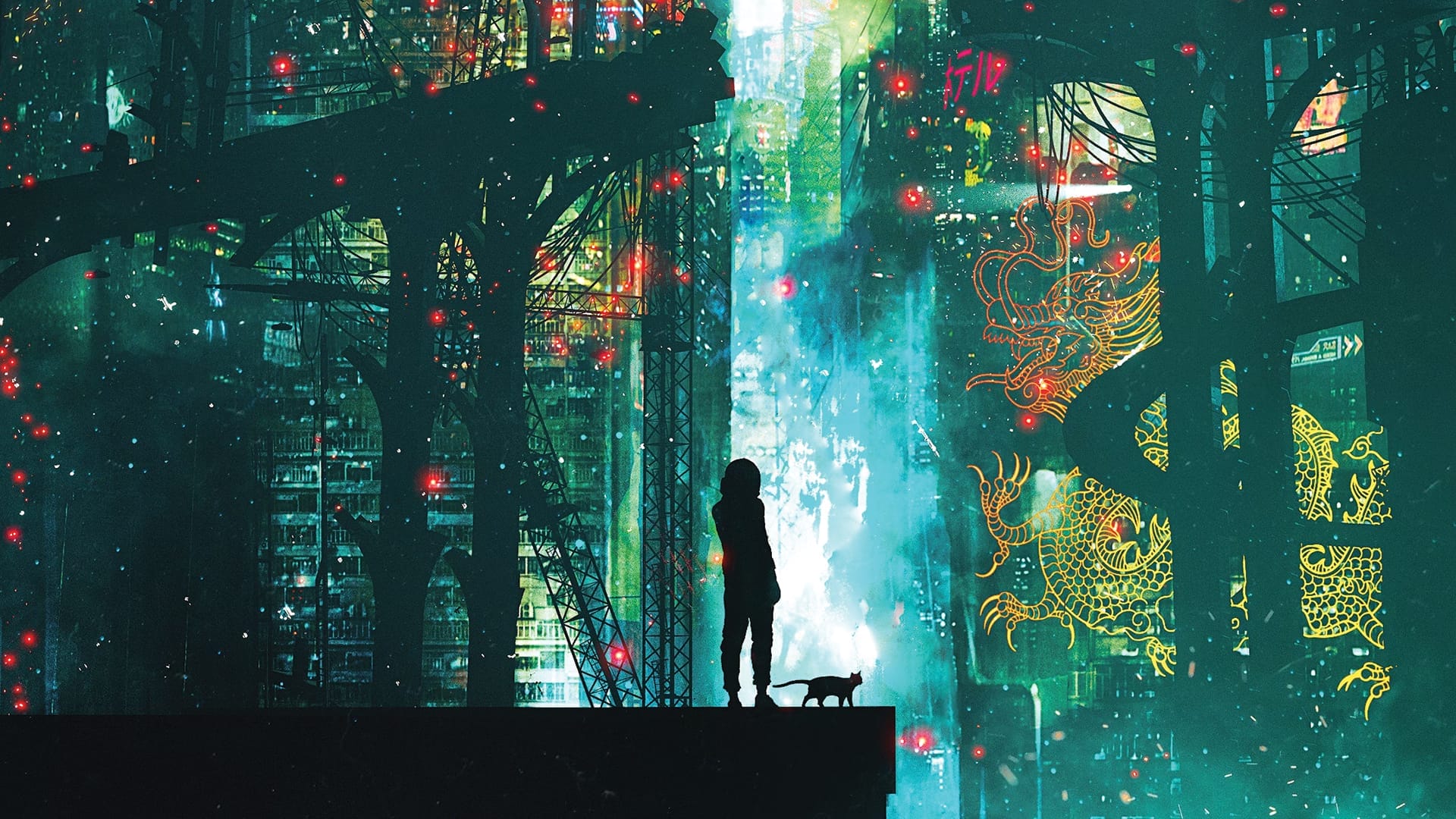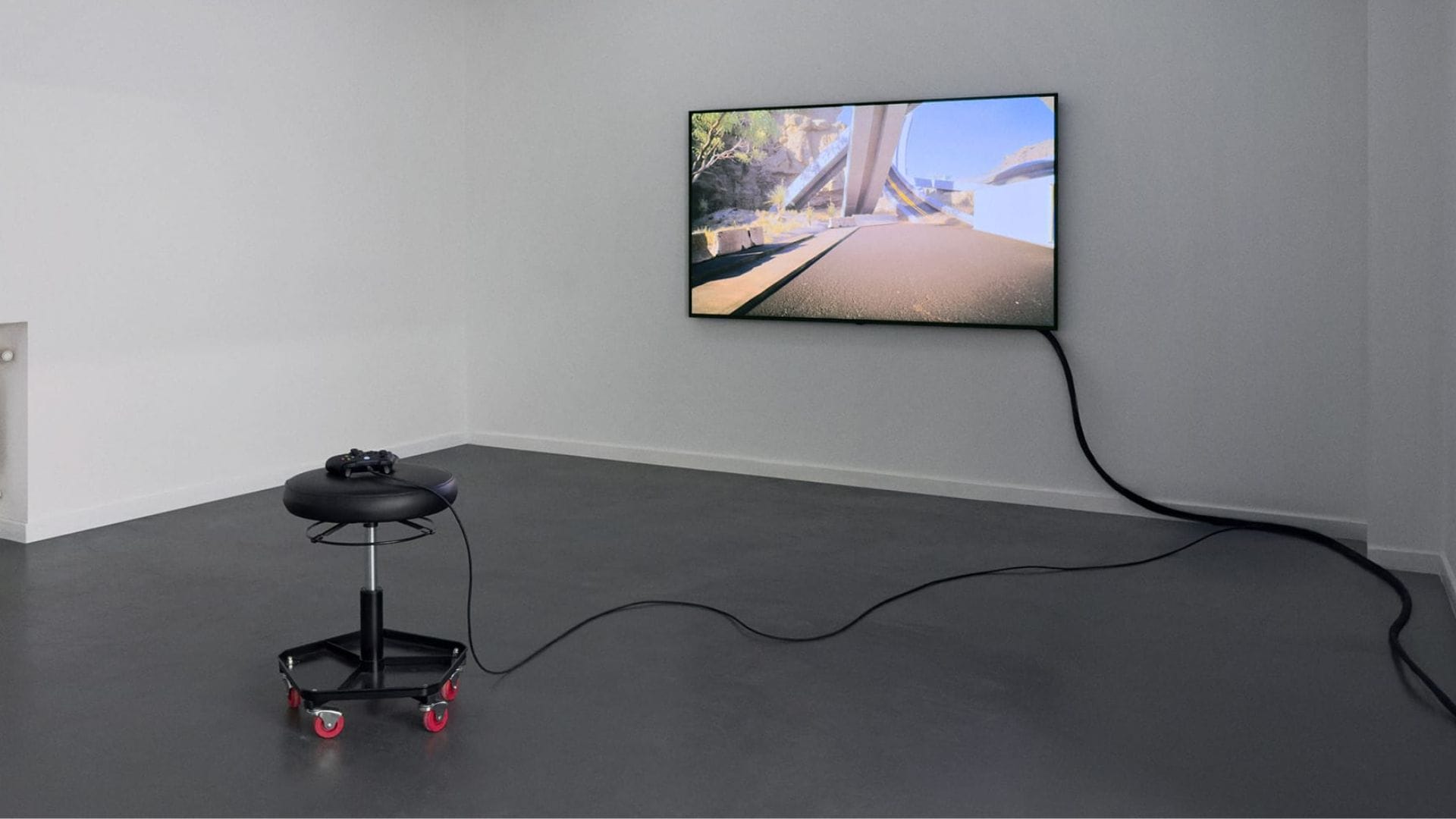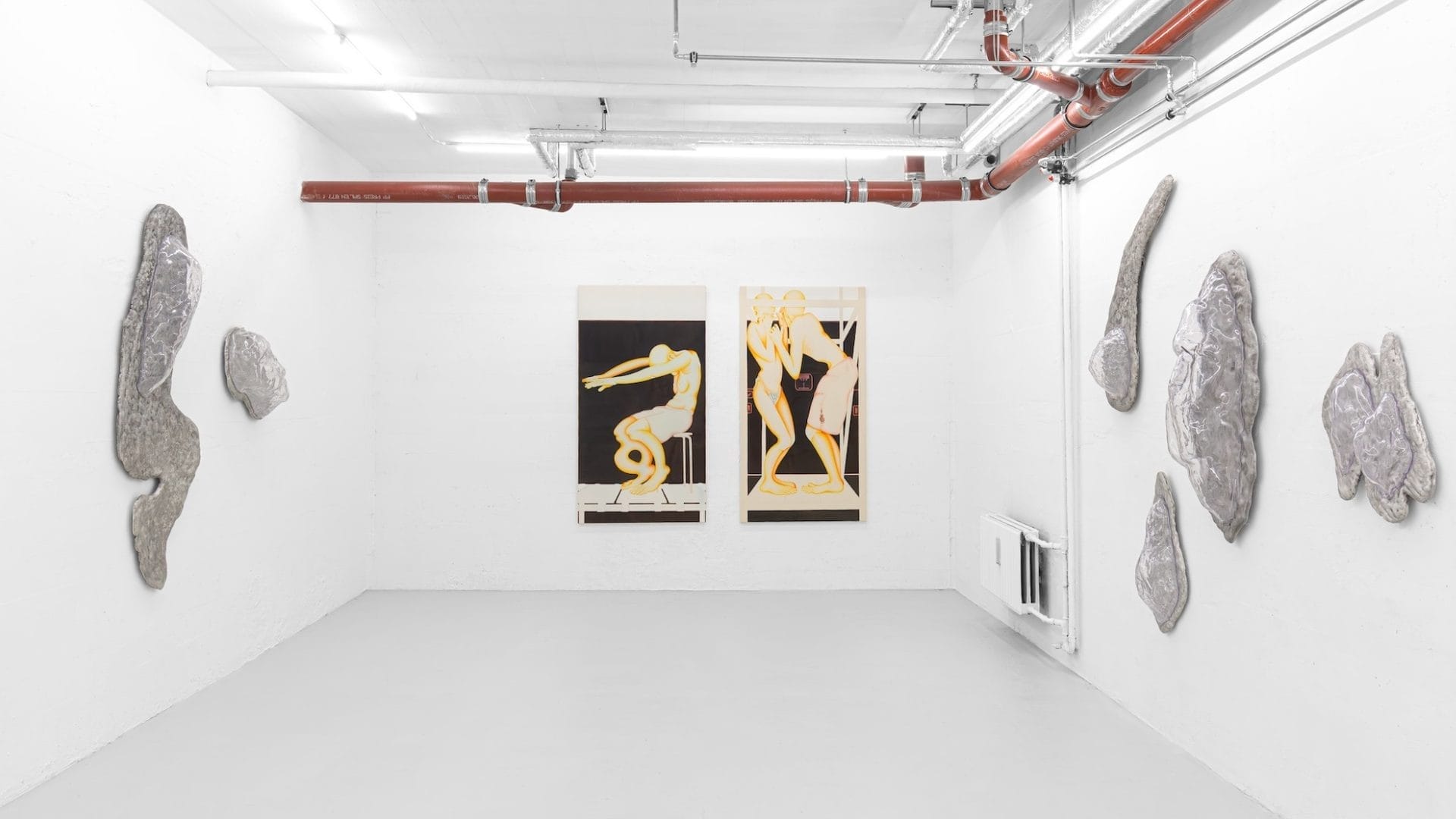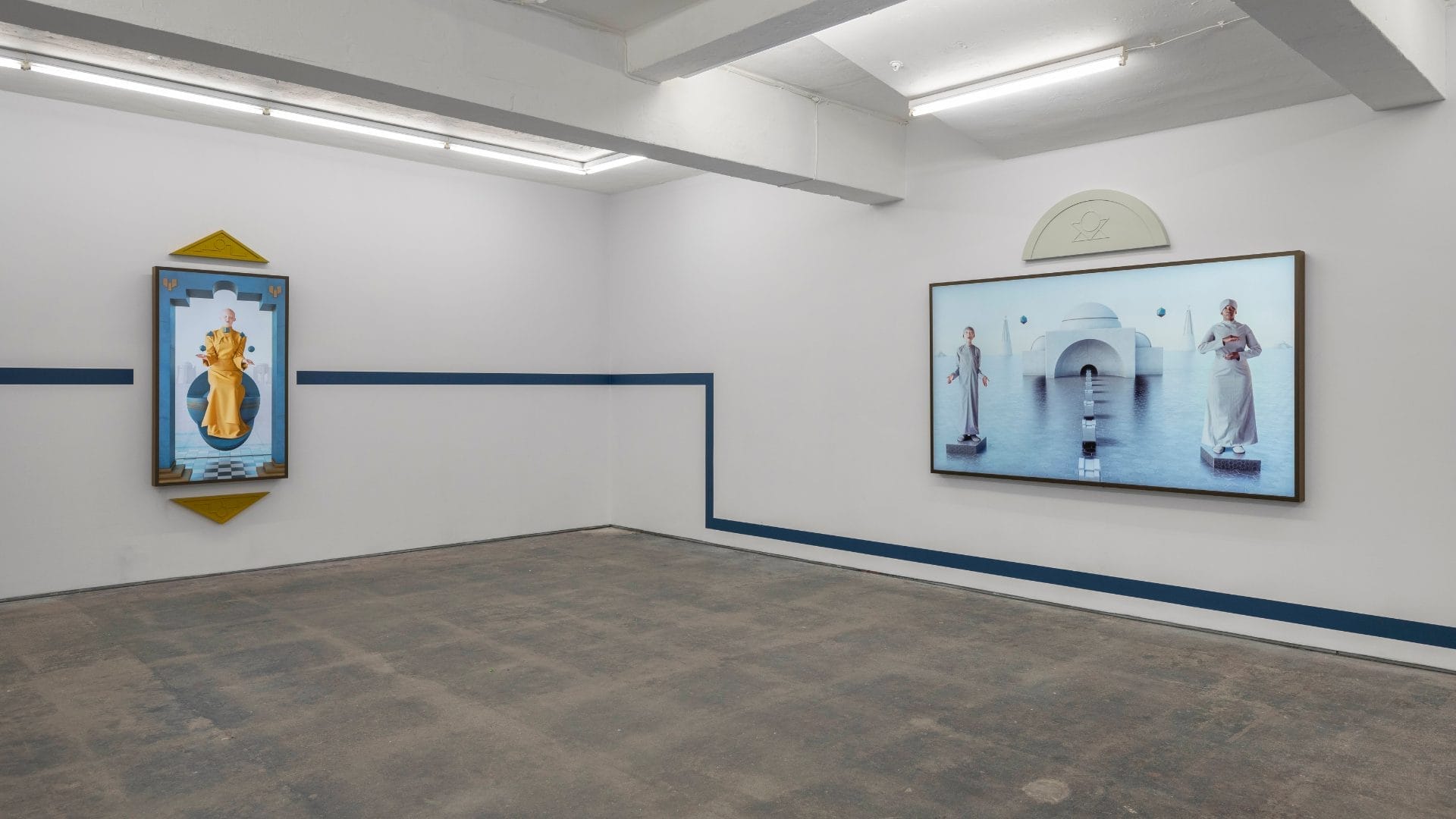
Meta-Mythical Optimisation” by Chino Moya: An Apocalypse of Routine in Monastic Robes
“Utopia is a necessary dream. But also an inevitable nightmare.”
We walk into Chino Moya’s exhibition with this thought in mind, perhaps a distortion of some dystopian author’s words, or maybe just our own cynical synthesis. Because every time we are presented with a vision of the future, especially one that promises to be post-labor, post-suffering, post-everything, doubt creeps in. Is this a utopia or a gilded prison? A refined myth or its dissolution?
Twelve videos populate the gallery like glimpses of a future distilled into static architectures and equally motionless figures. Clad in monastic robes, draped in neutral fabrics, their movements are measured, deliberate, almost ceremonial. They do not work, they do not struggle, they do not desire. Every gesture is precise, millimetric, as if executing a preordained sequence dictated by some higher intelligence. There is no sweat here, no urgency. If this is an optimized future, where has humanity gone?
Visually, it’s both glacial and hypnotic. The use of geometry, the classical structures evoking imperial, if not totalitarian, ambitions, all suggest an almost liturgical order. These figures resemble priests of a godless religion, technocrats absorbed in a ritual that no one explains yet everyone must obey. The sound, playing at that near-subliminal level that makes us wonder whether we’re truly hearing it or merely imagining it, rises and falls like a synthetic breath.
Then, from the back of the gallery, a voice emerges. If time had been frozen until now, this is where it starts to unravel. The film playing in the rear space breaks the symmetry, the camera is no longer static but moves, panning across fetid landscapes and poisoned seas. This is no longer a world of ascetic purity but one of decadence and decay.
And the voice, familiar, trustworthy, almost soothing, narrates future events with the certainty of a historian archiving the past. Yet past and future here collapse into each other. The figures inhabiting this world are skeletal avatars, walled up inside interiors that revel in an almost hallucinatory Rococo excess. This is where the real rupture of the exhibition takes place, what initially seemed to suggest a perfectly rationalized civilization now reveals itself as something far more unsettling.
Is this nostalgia for labor? For chaos? For struggle? Here, office work has been reduced to a leisure activity, bureaucracy turned into a sport. We are beyond dystopia, beyond utopia, entering what Redfern Jon Barrett terms an “ambitopia,” a reality that resists the comfort of binary thinking and allows contradictions to coexist.
Moya presents us with a future that defies our usual frameworks of interpretation. If, at first, the exhibition suggests a sleek, optimized, conflict-free world, it soon forces us to look deeper, beneath the polished surface, something deeply unsettling lurks. Are these beings without desire still human? And what of those locked away in their digital palaces, are they more human or less?
We leave the exhibition with more questions than answers. And perhaps that is precisely the point, utopia is never just utopia, and dystopia is never just dystopia. The future, like the present, is unstable, shifting. Moya leaves us suspended in that uncertainty, wondering whether we are meant to inhabit it or if we have already been left behind.
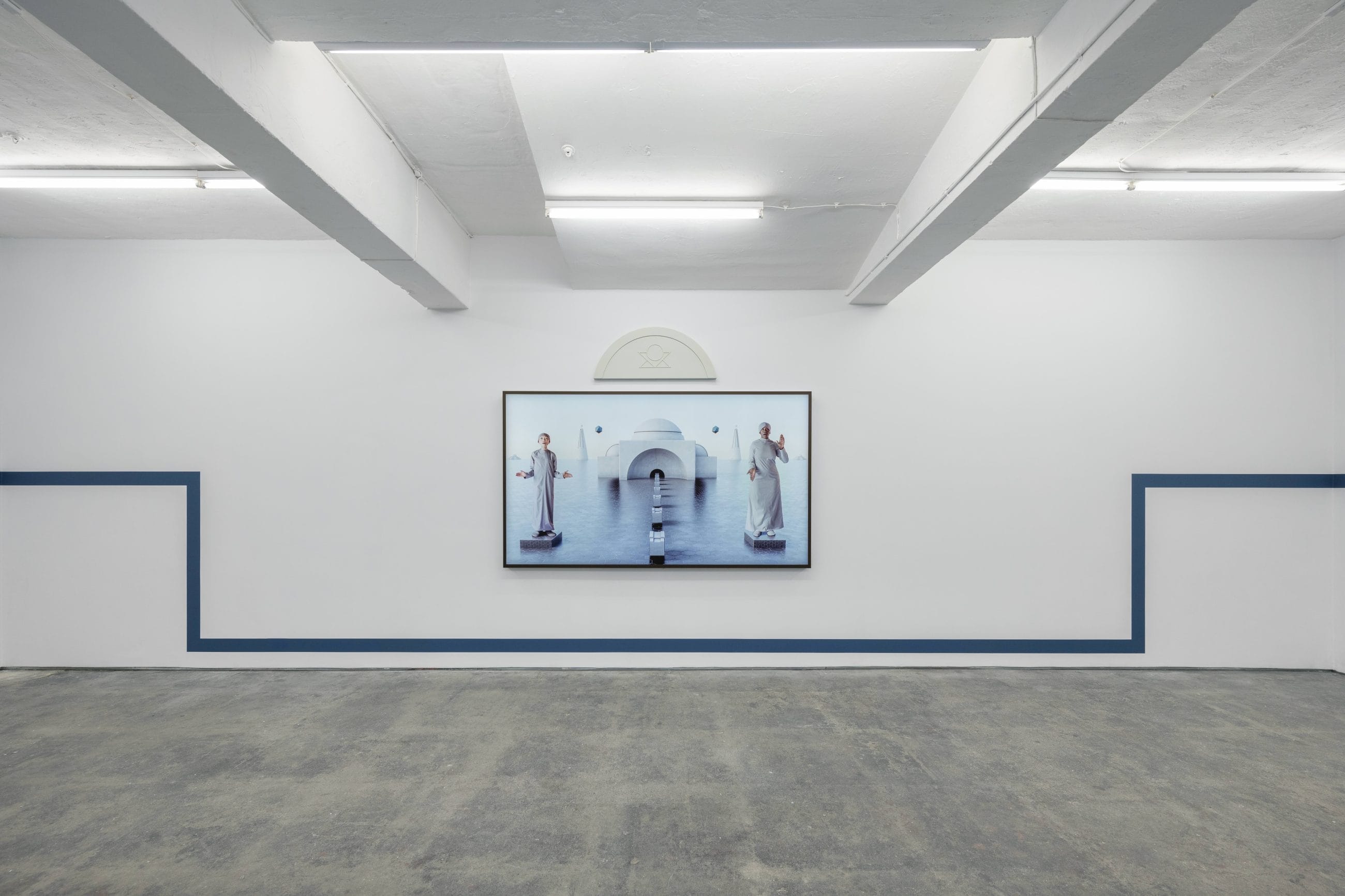
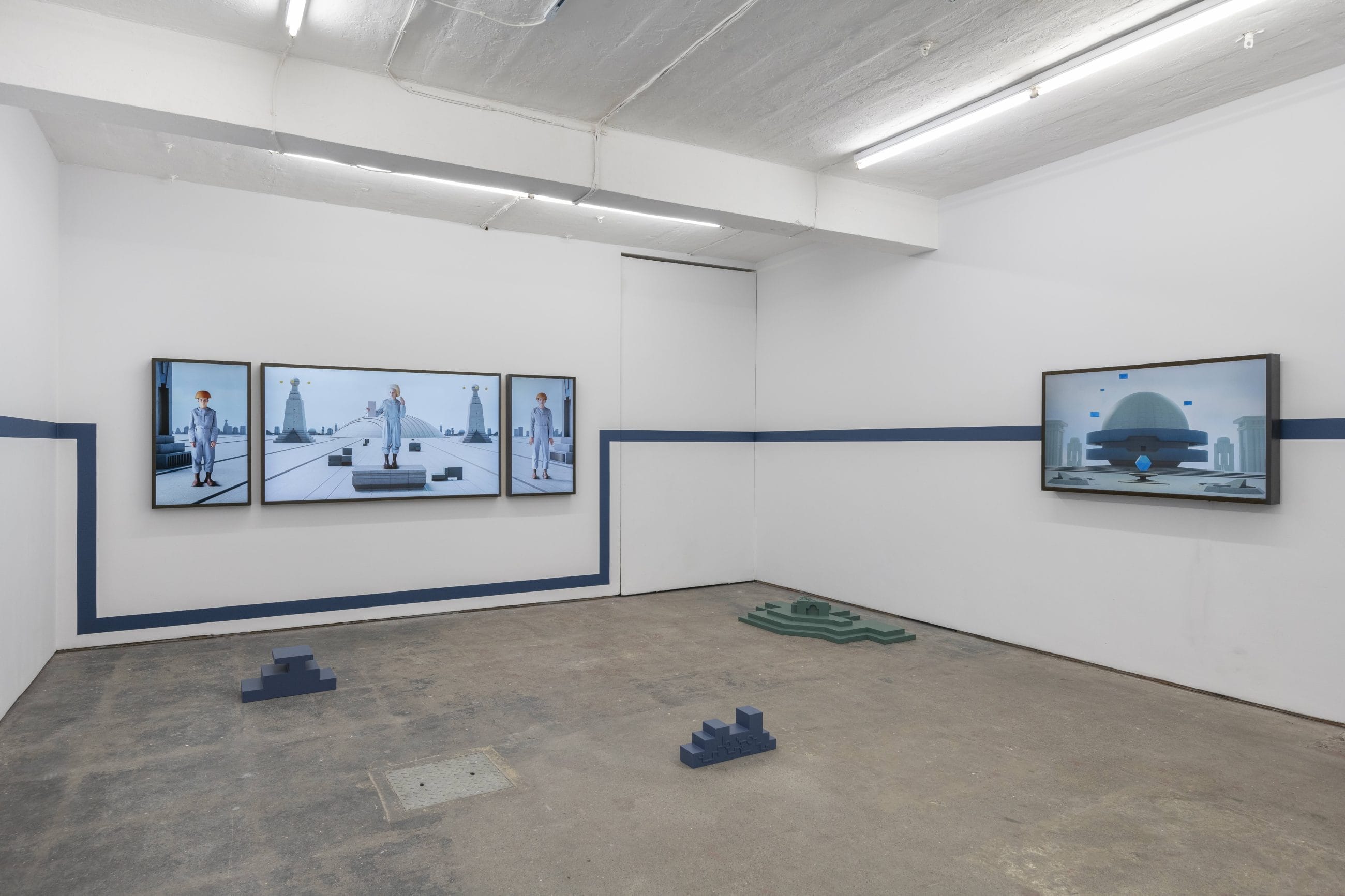
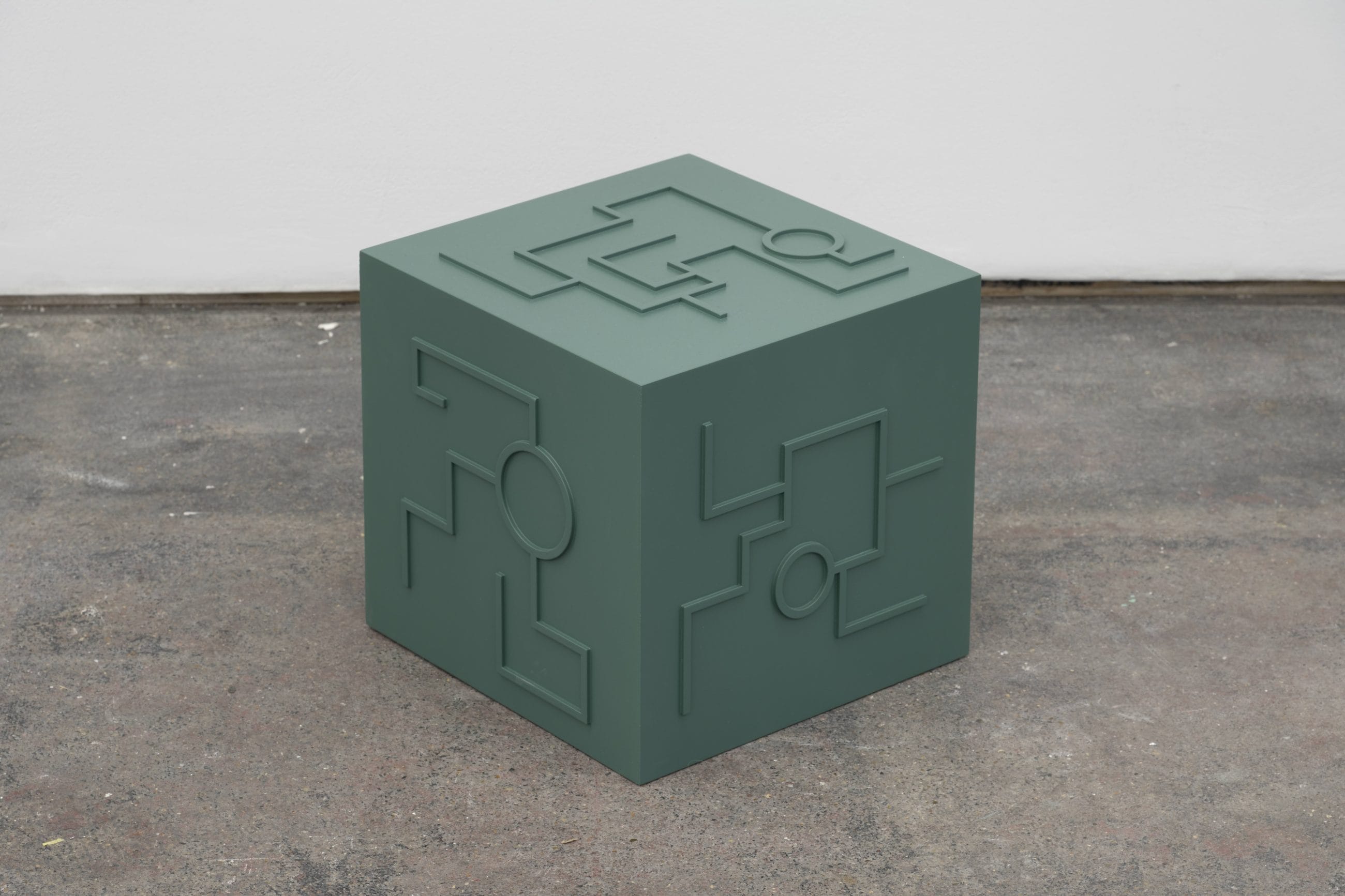
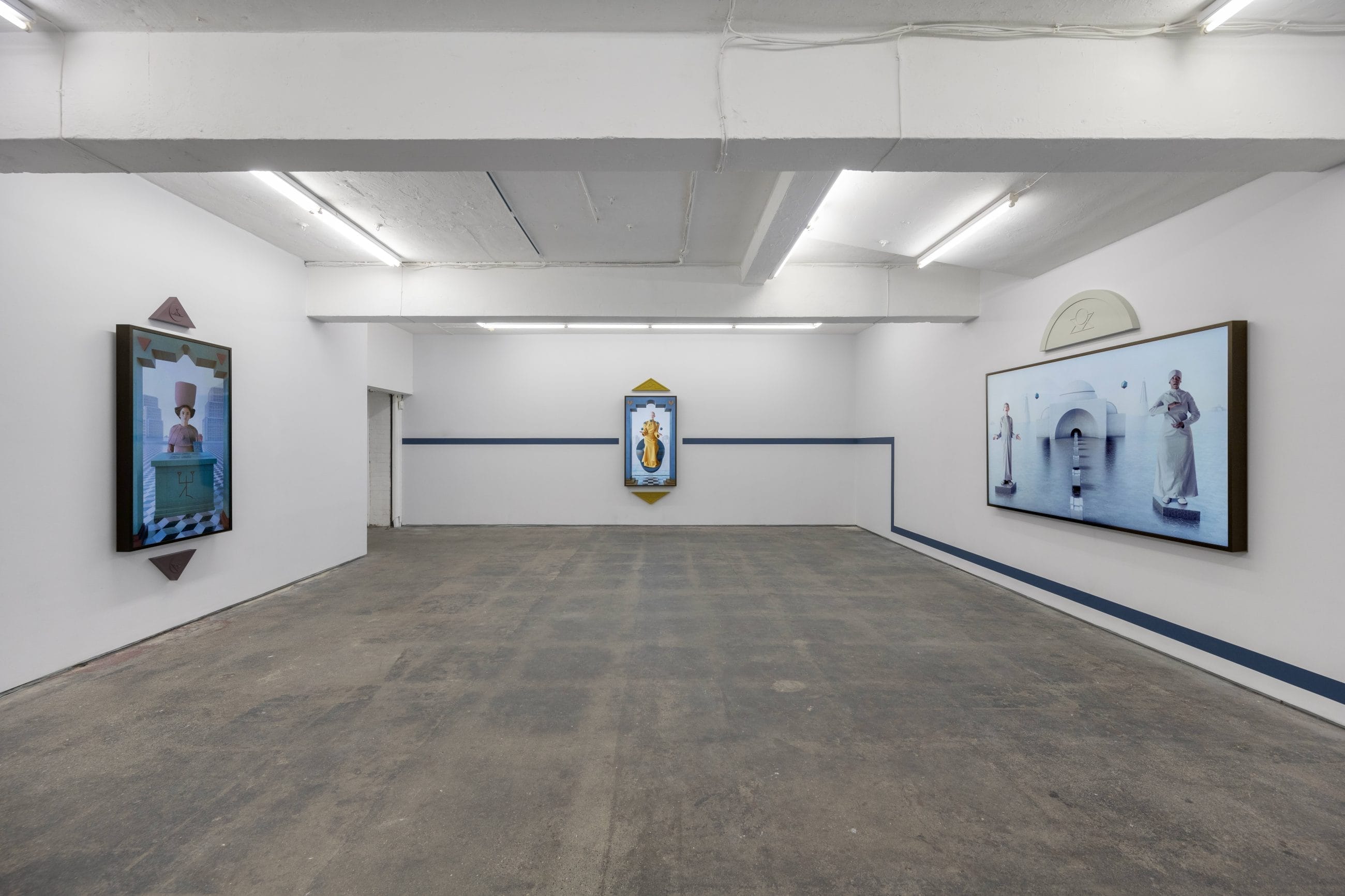
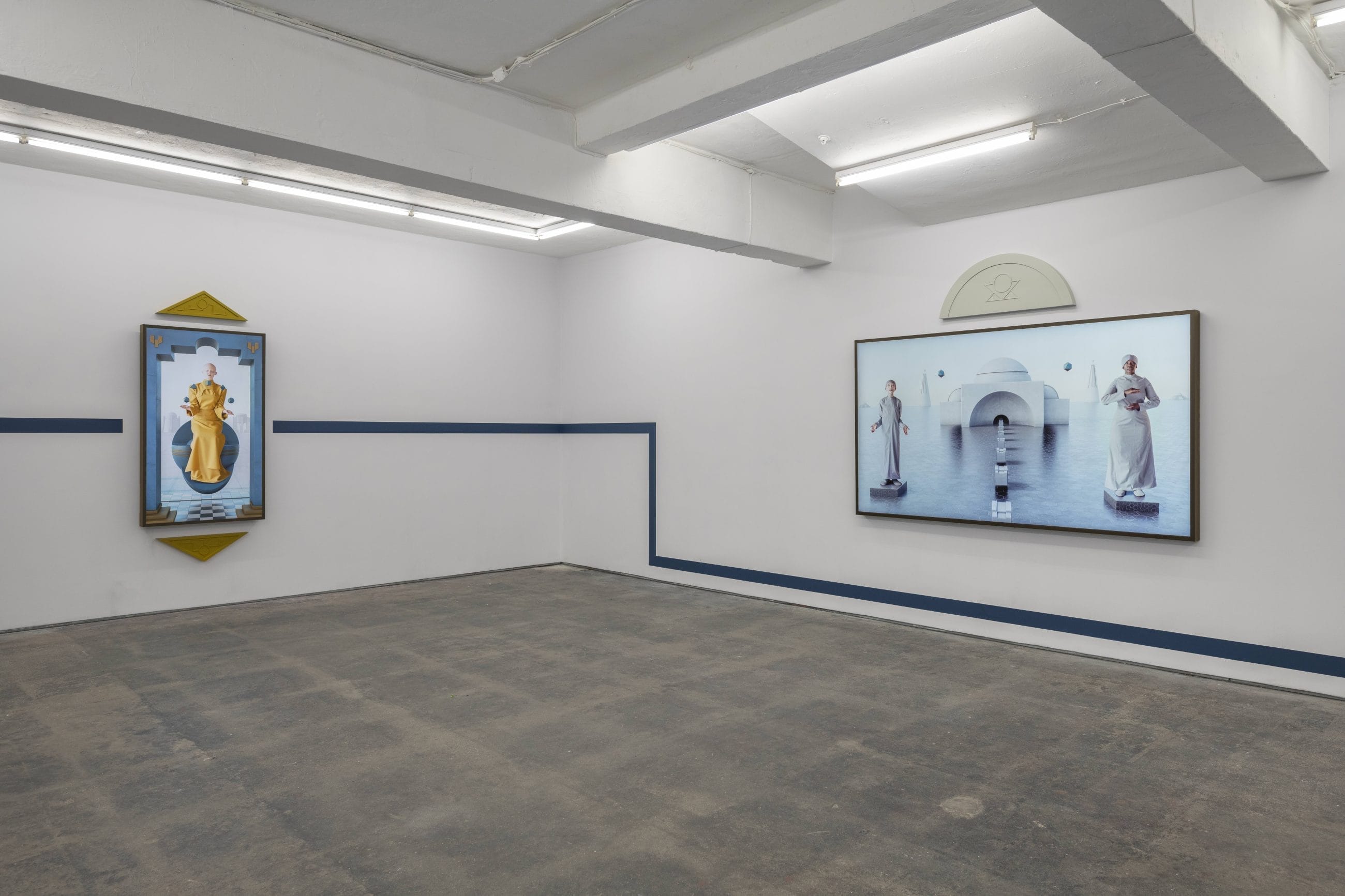
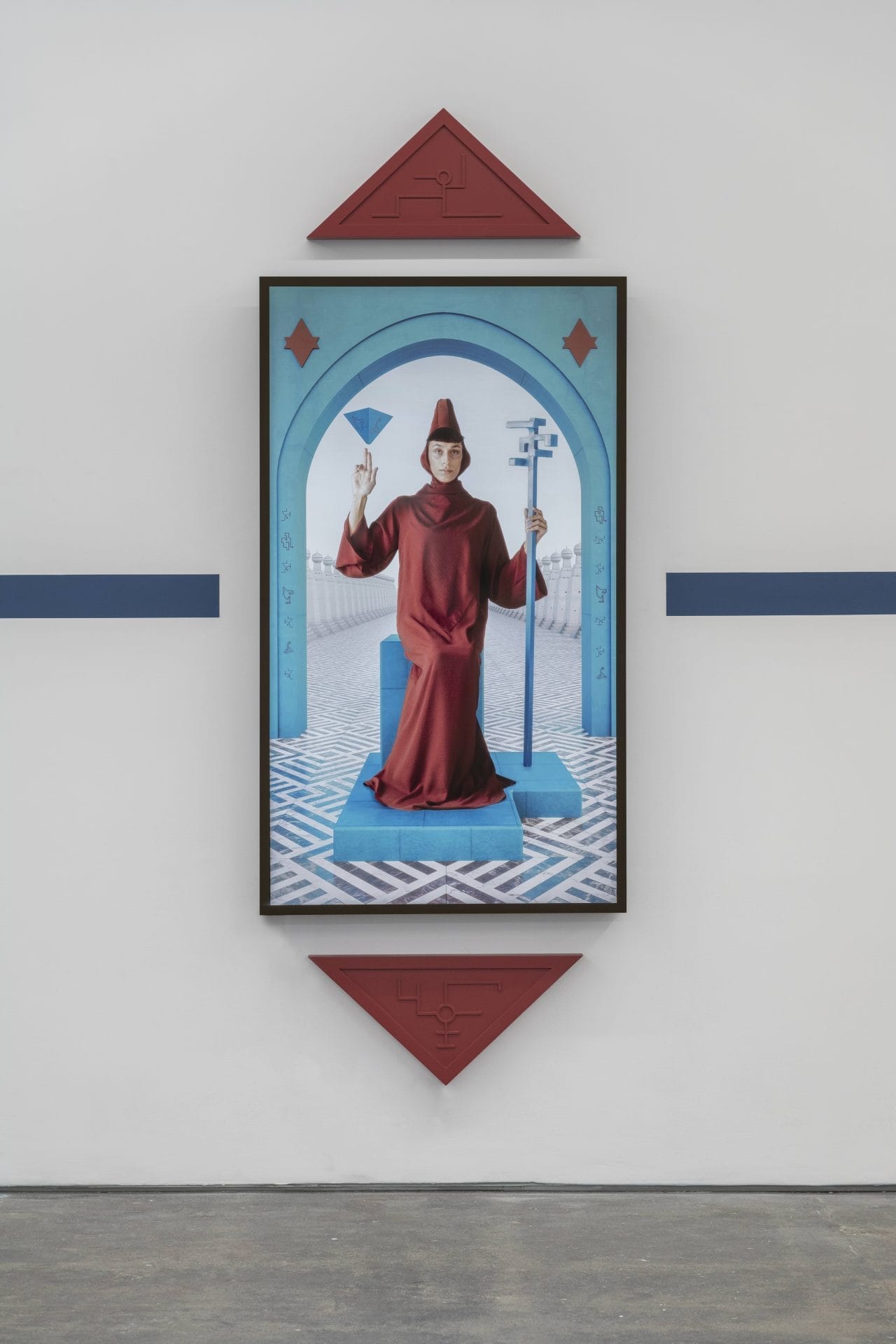
fakewhale
Founded in 2021, Fakewhale advocates the digital art market's evolution. Viewing NFT technology as a container for art, and leveraging the expansive scope of digital culture, Fakewhale strives to shape a new ecosystem in which art and technology become the starting point, rather than the final destination.
You may also like
Dangiuz’s Digital Dystopia: The Genesis of Antimatterworld
Leopoldo D’Angelo, better known as Dangiuz, stands as a figure synonymous with disruptive inno
François Bellabas, unloadingoverdrive at Contretype, Brussels
unloadingoverdrive by François Bellabas at Contretype, Bruxelles, 16.01.2025 – 23.03.2025. Ar
Anna Rettl and Davide Hjort Di Fabio, Métal at Matteo Cantarella, Copenhagen
“Métal” by Anna Rettl and Davide Hjort Di Fabio at Matteo Cantarella, Copenhagen, 25/10

